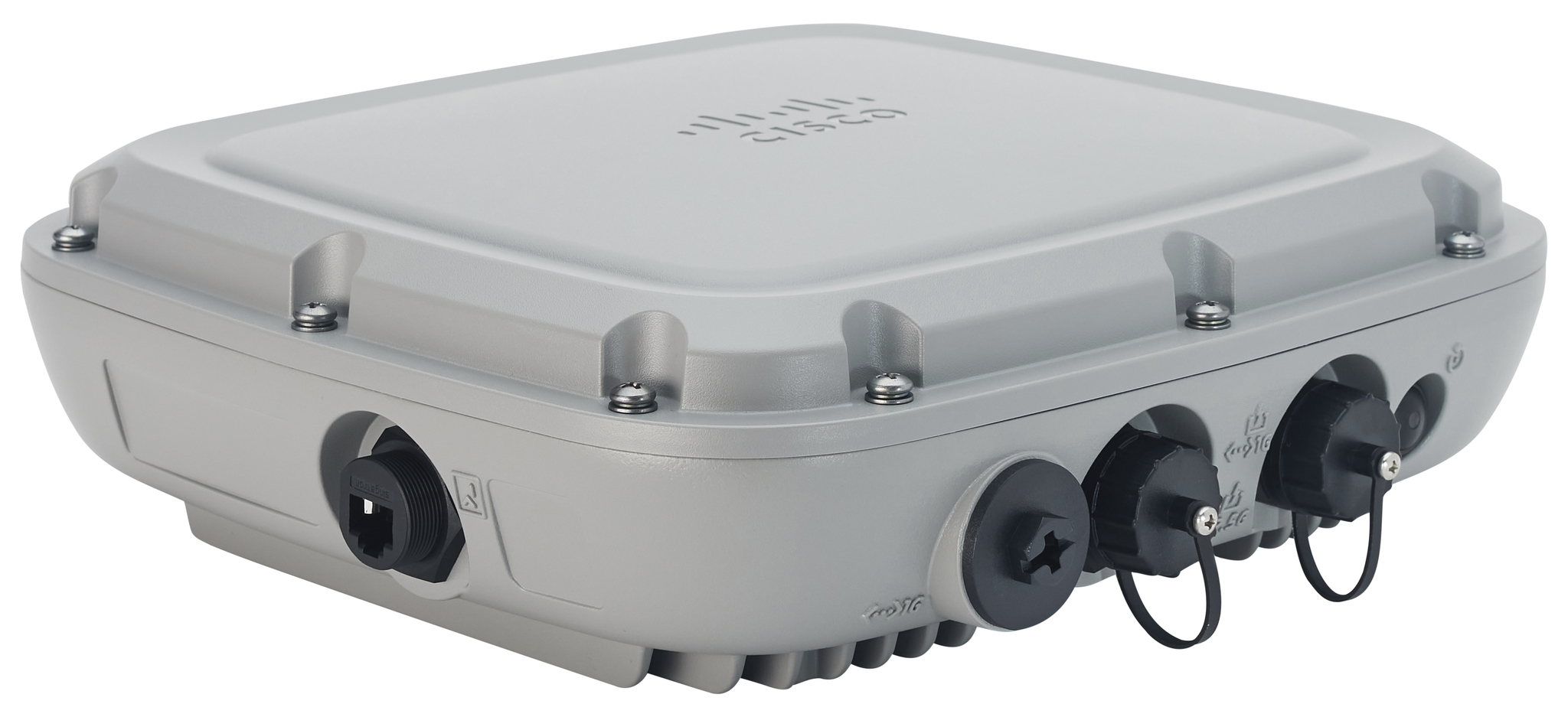- Is ChatGPT Plus still worth $20 when the free version packs so many premium features?
- 3 ways to streamline cloud adoption and cloud security
- Get our favorite Nomad tech accessories for less thanks to open box and overstock sales - here's how
- How 'FinOps for AI' certification tackles your surging AI costs - and how to sign up
- Out of Office for Summer? Cybercriminals Are Just Getting Started
Outdoor Wireless Connectivity: A Must Have in the New Normal – Cisco Blogs

As more people are getting vaccinated and returning to life outside their homes, many businesses are still accommodating COVID-19 precautions such as social distancing and reduced occupancy levels that will likely be around for some time to come.
For many organizations, an expansion of operations to outdoor spaces is not only the natural and safer approach to protecting employees and customers but at times the only way to scale and thrive in profitable ways. Technology enhancements to support a large ’work from home’ workforce are now overlapping with an urgency toward “repopulation” or “return to work.” These planning efforts keep in mind that some work cultures may be forever changed. This is an exciting opportunity as these plans put enablement of services in outdoor spaces at the forefront of priorities for many businesses and market sectors.
Delivering Wi-Fi 6 in the great outdoors
As part of my own organization’s needs to ensure outdoor operations across our campus, I began testing the new Wi-Fi 6 (802.11AX) enabled Cisco Catalyst 9124 outdoor wireless access points. Despite the general perspective that the 802.11 protocol is not an optimal solution for large outdoor operations, the increased speed and coverage with the new access points is impressive. To be fully transparent – based on my personal refresh cycle – I still have an iPhone10 (pre-AX) and observed four times the performance in throughput with the Catalyst 9124AXD (integrated directional antenna).
As I look at our outdoor wireless deployment it is clear that several key features with the Catalyst 9124 Access Point that will enable and accelerate the digital transformation initiative.
Flexibility: SFP port on the access point enables utilization of fiber infrastructure without the need for an external fiber to copper transceiver. This is hugely advantageous when trying to connect access points to light poles and areas that are out of the reach of copper. In the past, many have tried to use mesh backhauls to connect outdoor access points – which works but lacks the performance we expect from wireless networks today – especially in the face of the 5G-LTE speeds, we need to deliver high speeds and reliability not just coverage.
Aesthetics: Aesthetically, the access point is far more appealing than its predecessors or competitive outdoor access points. Given that wireless access points are not hidden in closets, this is an important factor that alleviates challenges with where to place them. This is important as some organization put a great amount of effort into aesthetics. To aid the look of the access point, the Catalyst 9124 APs have paintable covers which can be painted to match building colors or logos.
Scalability: Wi-Fi 6 ensures you are future-proofing your wireless network with capacity, performance and putting the user experience at the forefront. The fact that Wi-Fi 6 also makes the 2.4Ghz band more usable, in some situations it can extend the “effective” outdoor coverage range and performance.
IoT Ready: BLE5 and Zigbee built-in support – will enable and energize the outdoor IoT and location services with ability to triangulate devices within five feet (assuming sufficient AP density). This could be key to managing people density in the outdoor spaces and providing indoor equivalent capabilities
More than a convenience
In the past, outdoor wireless connectivity was primarily considered a convenience. Today, we have to have the same expectations for outdoor wireless as we do for indoor connectivity. In order to deliver that level of service and ensure quality user experiences, we need to think beyond deployment of access points and think about Wi-Fi as a service. Cisco has tools to get there with Cisco DNA Center’s AI/ML technology, Cisco DNA Spaces for location services, IoT gateway management, user onboarding with customized portals and user engagement. And then there’s the access side of things. There are now many opportunities to use OpenRoaming to ease the guest wireless onboarding and leveraging a host of IDPs enabled through WBA OpenRoaming Federation.
Reliability and uptime
With Cisco’s movement toward the IOS-XE platform which provides a unified software platform – it enables consistent uptime with the ability to hot patch and install SMUs without downtime. This is critical as these services are also utilized to provide public safety while delivering various levels of automation or orchestrated workflows. The Cisco Catalyst 9800 Wireless Controller is a very flexible platform that can run on a hardware controller, on prem or virtually, on your favorite cloud provider. This makes the platform highly adaptable for any environment.
If your organization is looking at reinventing and repurposing outdoor spaces, I urge you to look at the new Cisco Catalyst access points. That said, be sure you look beyond the aspect of delivering wireless access and consider the opportunity to build a fabric for digital transformation. Maximize your business value through BLE, location services and service assurance to allow users to experience an indoor-like wireless experience.
Reinvent your outdoor spaces and forge on with your organization’s digital transformation!
Find out more about Cisco Wireless.
Check out our Intent-Based Networking video channel.
Subscribe to the Networking blog
Share:

